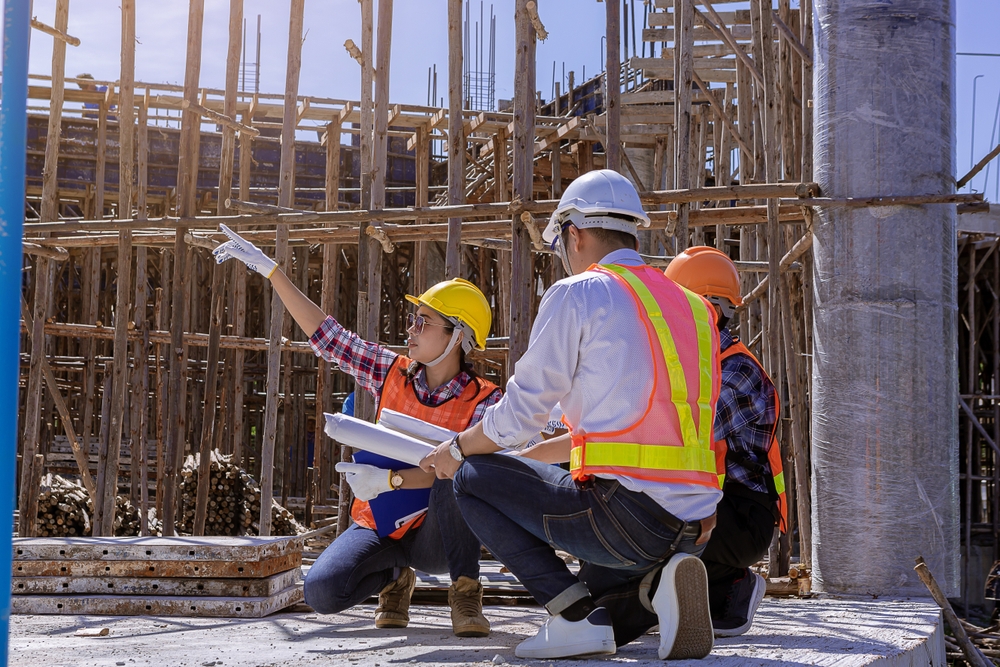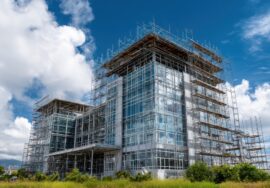Sustainable Architecture: Building a Greener Future
Sustainable Architecture: Building a Greener Future
Introduction
Sustainable architecture is transforming the construction industry by prioritizing eco-friendly materials, energy efficiency, and innovative designs. It aims to minimize environmental impact while creating healthier and more efficient living and working spaces.
Key Principles of Sustainable Architecture
1. Energy Efficiency
- Integration of solar panels and renewable energy sources.
- Use of passive design strategies to optimize natural light and ventilation.
- Smart systems for efficient heating, cooling, and lighting.
2. Sustainable Materials
- Use of recycled and locally sourced materials to reduce carbon footprint.
- Bamboo, reclaimed wood, and sustainable concrete for construction.
- Low-VOC paints and adhesives for better indoor air quality.
3. Water Conservation
- Rainwater harvesting systems for reduced water wastage.
- Greywater recycling for irrigation and flushing systems.
- Low-flow fixtures to optimize water usage.
Benefits of Sustainable Architecture
Environmental Benefits
- Reduced carbon footprint with energy-efficient designs.
- Less waste production through material recycling and repurposing.
- Enhanced biodiversity through green roofs and urban gardens.
Economic Benefits
- Lower operational costs due to energy and water efficiency.
- Higher property value for sustainable buildings.
- Government incentives and tax benefits for green construction.
Sustainable Architecture in India
India is embracing sustainable architecture through projects such as:
- Rajiv Gandhi International Airport, Hyderabad – One of India’s most energy-efficient airports.
- Suzlon One Earth, Pune – A platinum-rated green building powered by renewable energy.
- CII-Sohrabji Godrej Green Business Centre, Hyderabad – A pioneering model of sustainability.

Future Trends in Sustainable Architecture
1. Smart and Adaptive Buildings
- AI-driven energy management systems for optimized performance.
- IoT-based monitoring for real-time efficiency tracking.
2. Net-Zero and Carbon-Neutral Buildings
- Integration of solar, wind, and hybrid energy sources.
- Development of carbon-neutral construction techniques.
3. Circular Economy in Architecture
- Reuse of demolition waste in new construction.
- Use of prefabricated and modular building methods.
Conclusion
Sustainable architecture is reshaping the future of construction by integrating energy efficiency, eco-friendly materials, and innovative designs. As the demand for greener buildings grows, adopting sustainable practices ensures a healthier planet and a cost-effective approach to construction.
For expert guidance on sustainable architecture, contact us today.
External References:
Construction Industry in India
- One of India’s largest construction and engineering companies, Campus Construction Cost Optimization provides services including project management, cost control, and engineering consultancy. For detailed information on their offerings, visit. Construction Industry in India
Read more related articles to enhance your knowledge and make informed decisions
10 Essential Steps in the Building Construction Process
How to Choose the Right Materials for Your Construction Project









